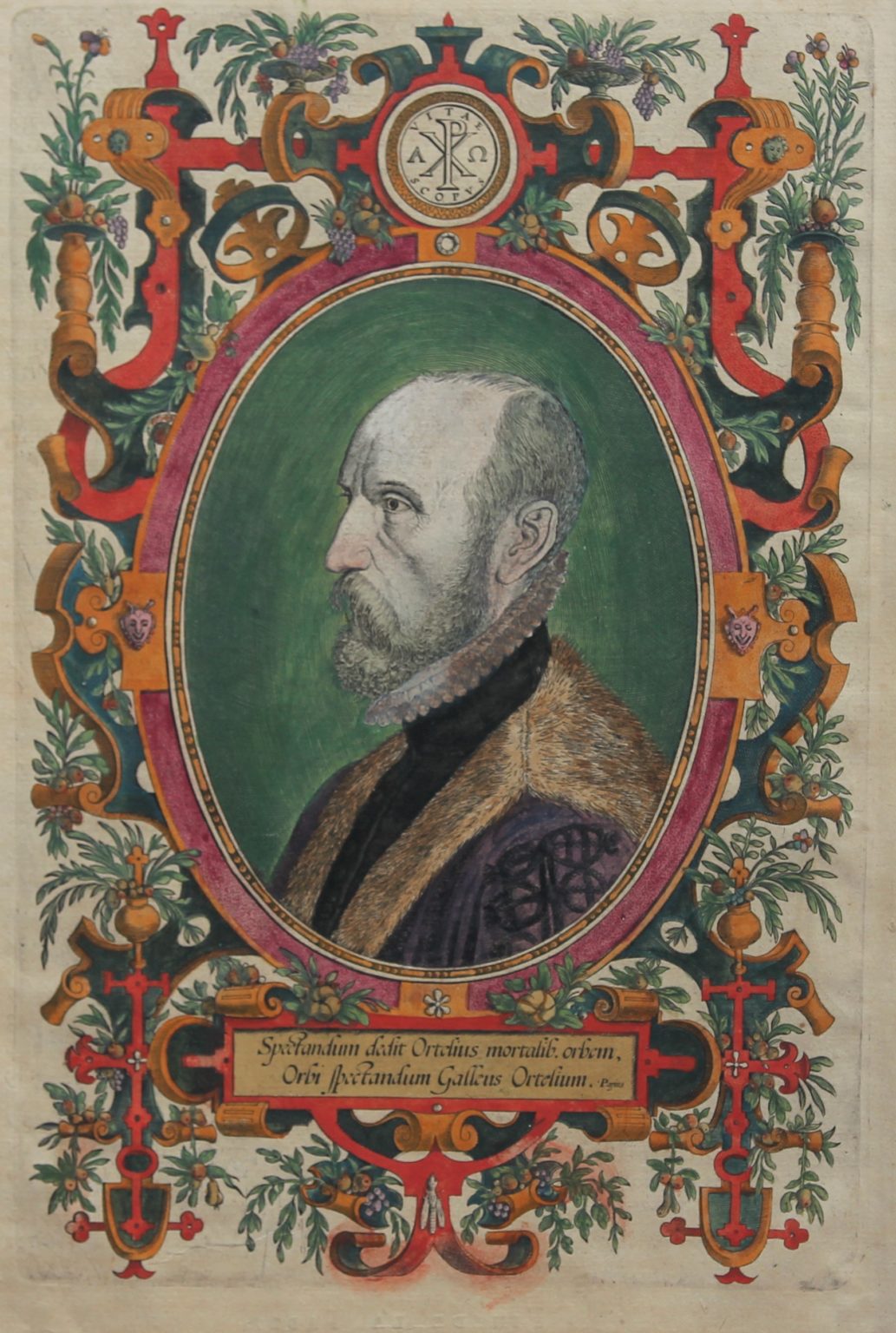


In 1570 (May 20) was issued, by Gilles Coppens de Diest atĪntwerp, Ortelius' Theatrum Orhis Terrarum, the " first modernĪtlas " (of 53 maps). Perhaps a map of Asia, before the appearance of his great work. In 1565 a plan of Britenburg Castle on the coast of Holland, and In 1564 he completed a mappemonde, which afterwardsĪppeared in the Thcalriim. Of that atlas or Thcalre of the World by which he becameįamous. He now devoted himself, at his friend's suggestion, to the compilation Towards the career of a scientific geographer in particular He seems to have been attracted, largely by Mercator's influence, With Gerhard Kremer (Mercator) to Trier, Lorraine and Poitiers, Beginning as a map-engraver (in 1547 heĮnters the Antwerp gild of St Luke as af seller van Kartell), hisĮarly career is that of a business man, and most of his journeysīefore 1560 are for commercial purposes (such as his yearly He travelled extensively in western Europe, especially in the Netherlands south and west Germany ( e.g. He was of German origin, his family coming from Augsburg. Famous artists of the Middle Ages worked on this project, among them the famous German book artist Frans Hogenberg.Īkademische Druck- u. ORTELIUS ( Ortels, Wortels), ABRAHAM, next to Mercator the greatest geographer of his age, was born at Antwerp on the 14th of April 1527, and died in the same city on the 4th of July 1598. With this late edition, Ortelius completed a formally unified, aesthetically high-quality, and easily readable map program in book format shortly before his death in 1598. The 1595 Edition was printed in Belgian Antwerp and is found today in the Istituto Geografico Militare in Florence. The 1595 Editionīetween 15, over 40 editions of the Ortelius Atlas emerged, as well as five extensions, so-called Addimenta, of the inventory of maps.
#Abraham ortelius biografia series#
With this atlas, one is dealing with probably the clearest and most accurate map series of the Late Middle Ages.

After the first edition of the Theatrum Orbis Terrarum, Ortelius reworked and expanded his atlas at regular intervals and reprinted it in various forms until his death in 1598. He thereby referred to texts that no longer exist today or are only accessed with great difficultly. In contrast to his colleagues, Ortelius clearly referenced the sources of his maps and texts.

It was published between 15 in 42 editions and in 7 languages: Latin, German, Dutch, French, Spanish, English, and Italian. The Ortelius Atlas was funded by Gillis Hooftman, an Antwerp merchant, banker, and ship-owner. His atlas represents the crowning of his most important work. He composed some of the most influential map series of the Late Middle Ages. The Formation of the Map SeriesĪbraham Ortelius was a Flemish geographer and cartographer. Alongside maps and cartographical information, the precious work is adorned with delightful representations of landscapes and architecture. The 1595 Edition of the work is one of the latest editions and contains 147 gorgeous colored tables with information about the regions of the world known at that time. The Baroque style illuminated codex has been numerously reworked and republished. It is considered to be first modern and first commercially successful atlas in the world. The atlas created by Abraham Ortelius is a work which united all of the cartographical findings of the 16th century. The Most Beautiful Books of Hours and Prayer Books The Most Beautiful Facsimiles Under 1,000€


 0 kommentar(er)
0 kommentar(er)
